Indian fashion has undergone a remarkable evolution over the decades, blending centuries-old traditions with contemporary influences to create a unique fashion identity that is recognized globally.
The Rich Heritage
Traditional Indian clothing like sarees, kurtas, and lehengas have stood the test of time, each region boasting its own distinctive styles, fabrics, and embroidery techniques that reflect local culture and history.
Post-Independence Transformation
After 1947, Indian fashion began incorporating Western elements while maintaining its cultural roots. The 60s and 70s saw the rise of the Indo-western style that continues to influence fashion today.
The Designer Era
The 1980s and 90s marked the emergence of Indian fashion designers who started presenting traditional attire with modern silhouettes, bringing Indian fashion to international runways.
Bollywood's Influence
Cinema has played a pivotal role in shaping Indian fashion trends, with actors and actresses often becoming style icons whose outfits are emulated by fans across the country.
Contemporary Indian Fashion
Today's Indian fashion scene is dynamic and diverse, embracing minimalism, sustainable practices, and global trends while celebrating traditional craftsmanship and textiles.
The Digital Revolution
Social media and e-commerce have democratized fashion, allowing smaller designers to reach wider audiences and consumers to access curated collections from across the country.
The evolution of Indian fashion is a beautiful testament to the country's ability to preserve its cultural heritage while embracing change and innovation, resulting in a fashion landscape that is both timeless and ever-evolving.
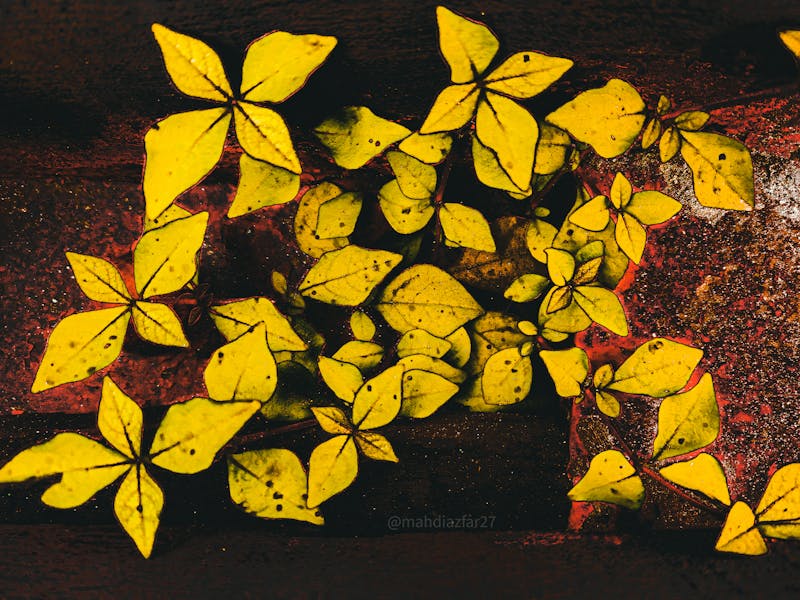


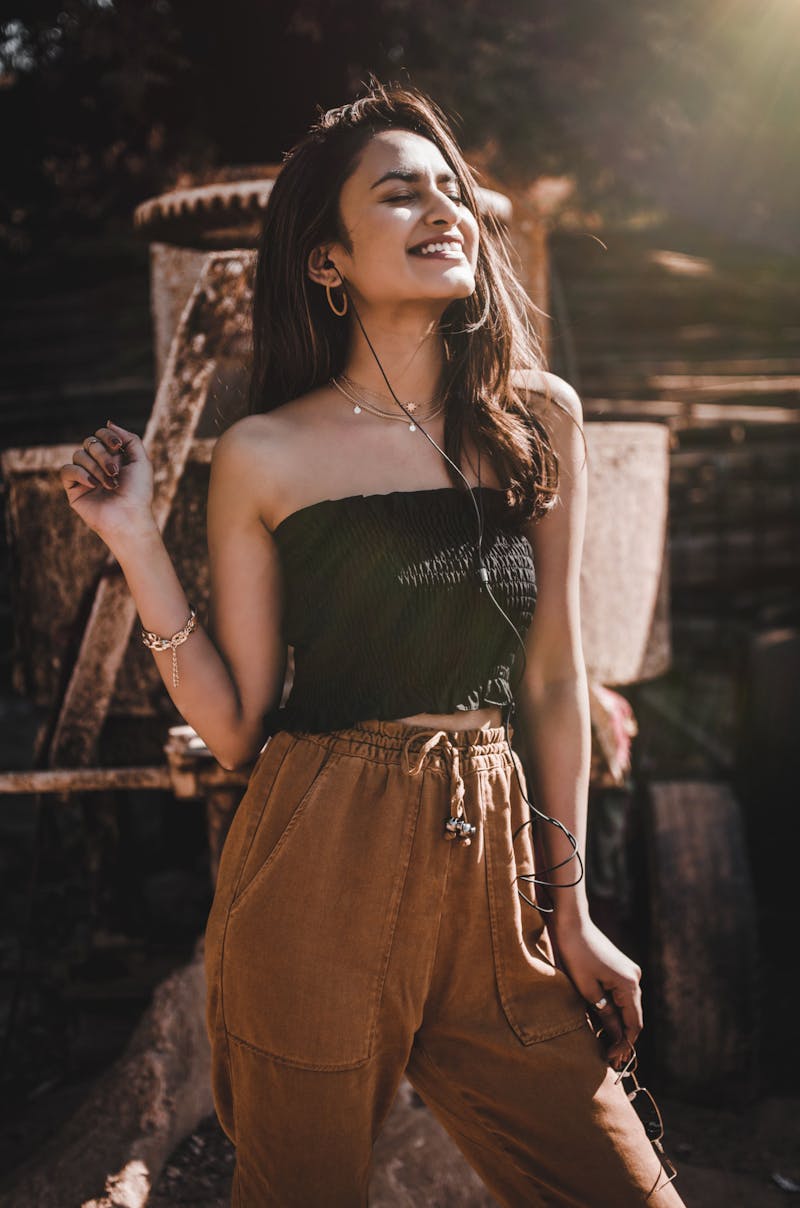

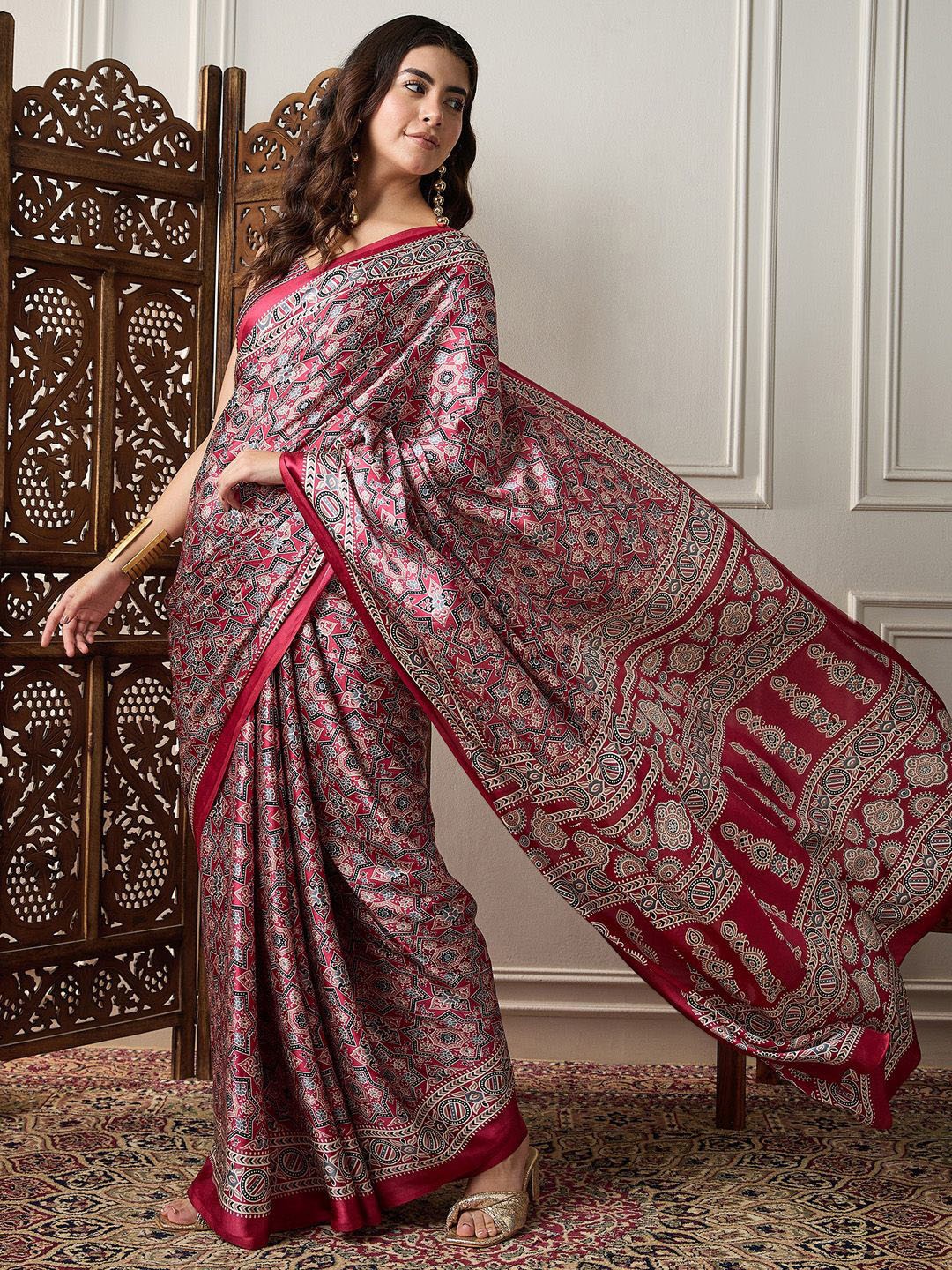
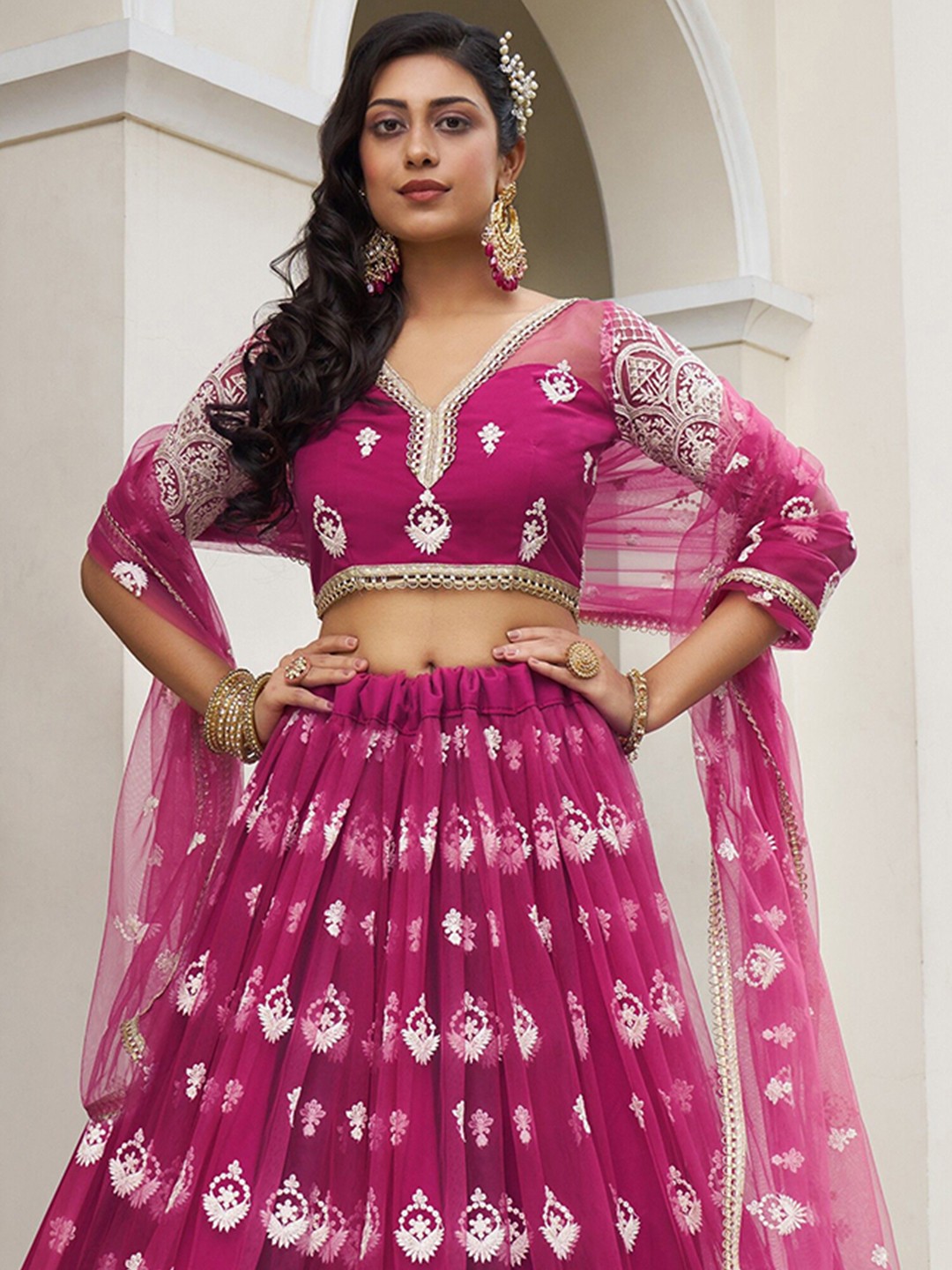
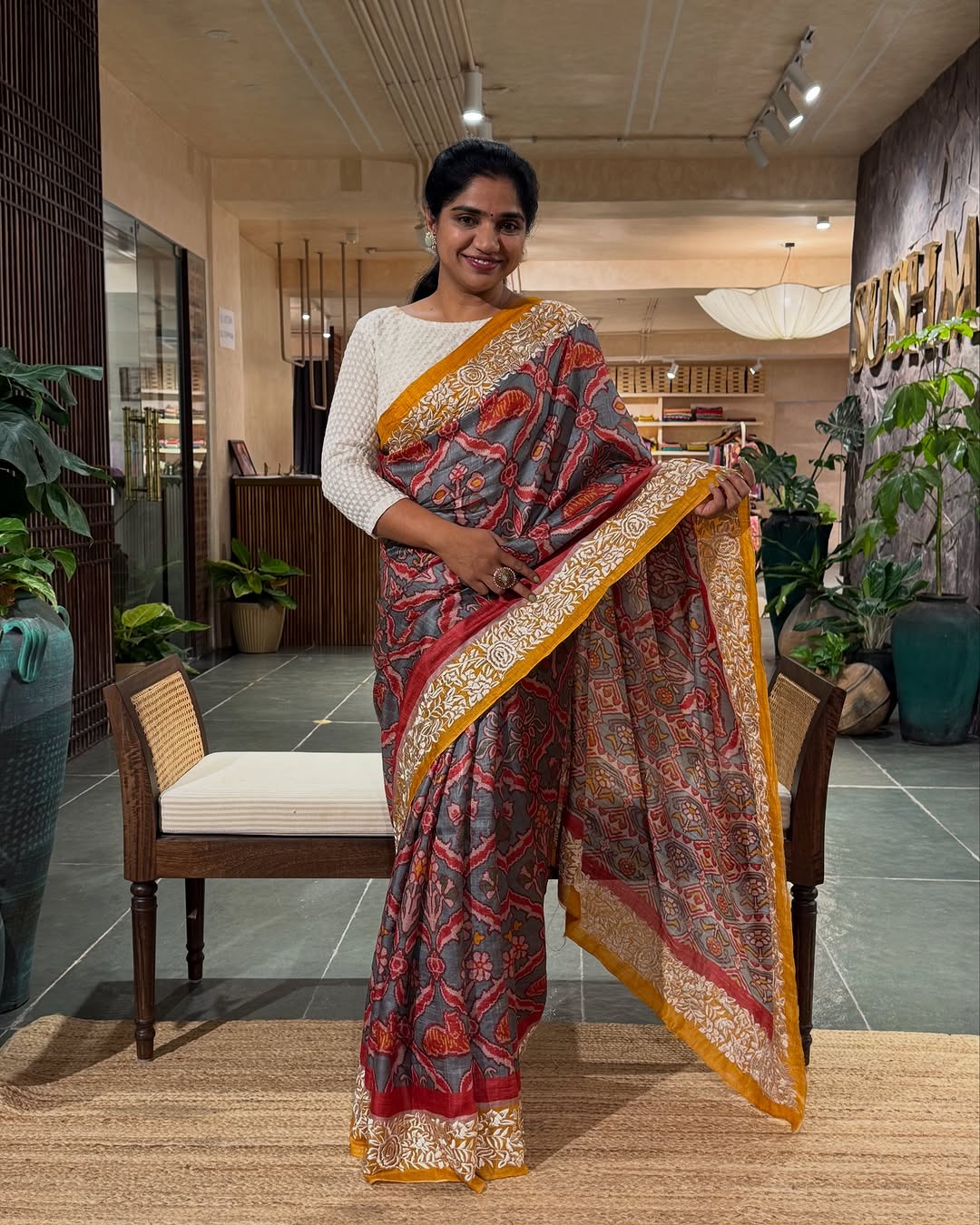
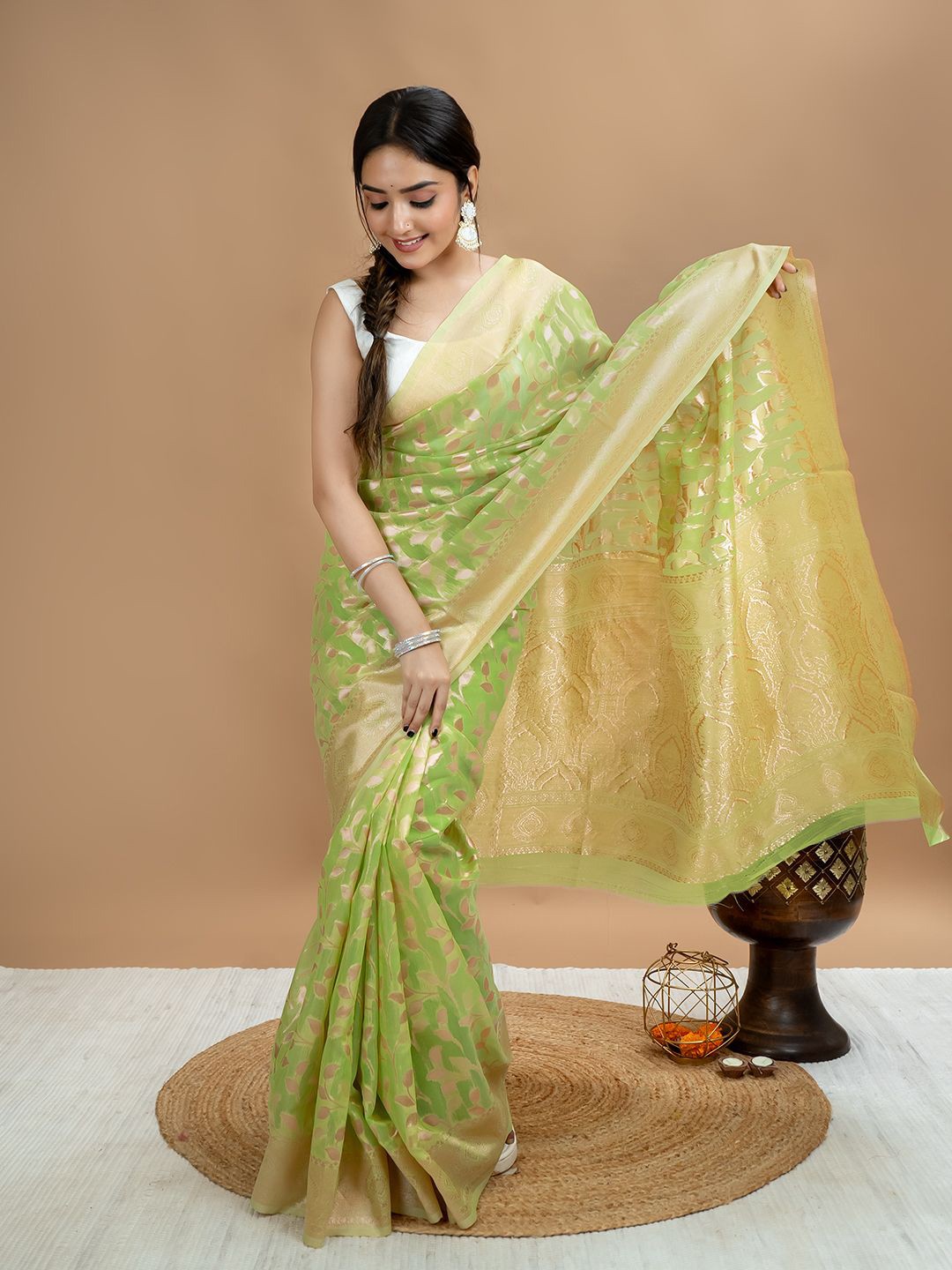
Leave a Comment